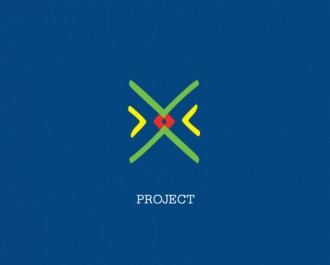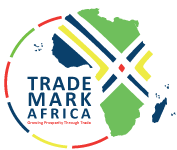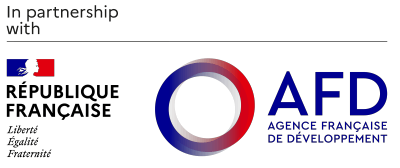[vc_row][vc_column][custom_inner_menus select_menu="project"][/vc_column][/vc_row][vc_row][vc_column][single_project_block_1 heading="CMS- Asycuda World" project_value="US $ 800,000" implementation_period="(Start date) - (Expected end date)July 2018 - December 2022" download_btn_text="Download Project PDF" download_btn_link="#url"]The GoDRC (DGDA) has initiated the migration from ASYCUDA++ Customs Management System to ASYCUDA World, a web-based platform in partnership with UNCTAD. Many Customs offices in East DRC still on ASYCUDA ++ or are still using a manual system to clear goods. TMA in partnership with the Directorate General of Customs (DGDA) and UNCTAD is supporting to fill the gap of the ASYCUDA World deployment in eastern DRC. The project is in line with TMA’s goal to reduce transport costs and times on main corridors. The project will streamline Customs procedures for faster clearance with less paperwork, increase country’s tax revenue generated from taxes on trade, provided by the DGDA increased compliance and adoption of better risk-based approaches to controlling borders. The work of DGDA will be supported by UNCTAD who will provide installation, training and maintenance support of ASYCUDA World. Responsibility Center : 42_DRC Project approval summary: 1. PAR approval date: June 2016 PAR number: DRC CBT PAR 2. PAR approval authority: Board NB/ If the project is above $250,000 a PAR must be submitted for approval[/single_project_block_1][/vc_column][/vc_row][vc_row disable_element="yes" el_id="desired-result"][vc_column][single_project_block_2 heading="Desired Results" image_1="42084" image_2="42057"]1. Reduced barriers to trade in selected sub-sectors in Burundi (Fisheries, palm products and fruits) and greater inclusion of women in trade. 2. Improved export capabilities in fisheries, palm and fruits sub-sectors[/single_project_block_2][/vc_column][/vc_row][vc_row disable_element="yes"][vc_column][project_single_ele_3_container heading="More Project Insights." sub_heading="Projects Highlights From A Glance" slide_1="info access for 20 crops...






















